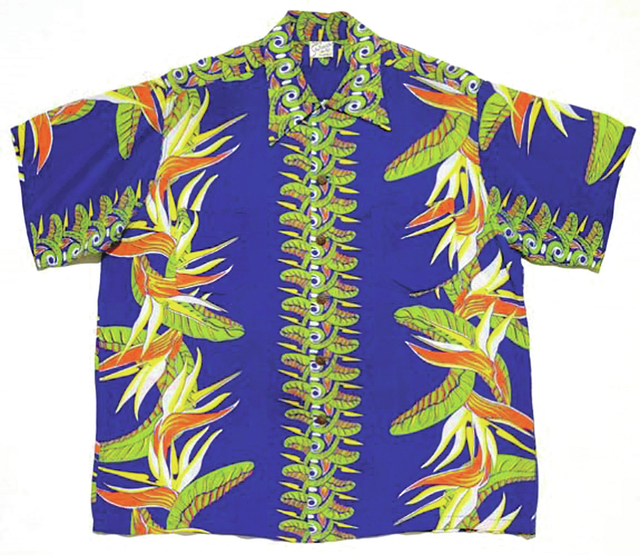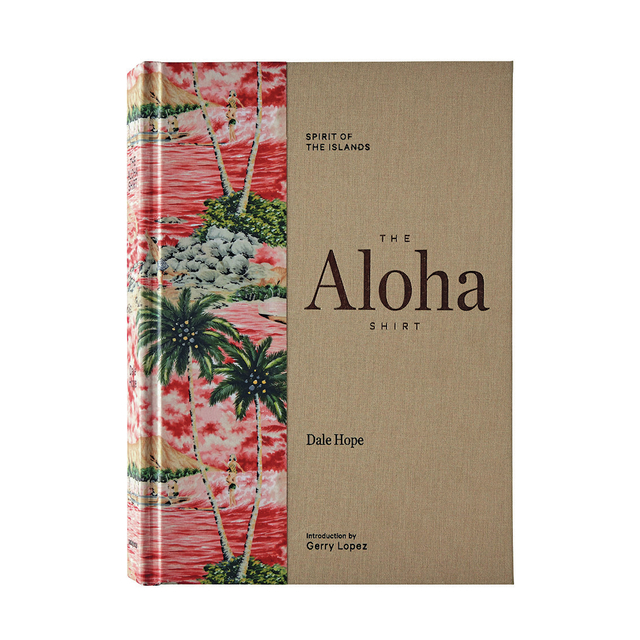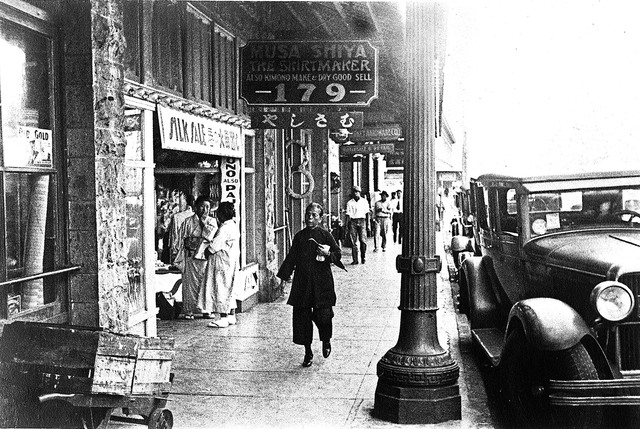Hawaiian print, or “aloha,” shirts first appeared in the midst of the Great Depression, a time when whimsy and bright colors were in short supply. ADVERTISING Hawaiian print, or “aloha,” shirts first appeared in the midst of the Great Depression,
Hawaiian print, or “aloha,” shirts first appeared in the midst of the Great Depression, a time when whimsy and bright colors were in short supply.
By the late 1940s and through the 1950s, as tourism in Hawaii grew, so did the worldwide popularity of the aloha shirt. Today, there is probably no better-known item of apparel that captures a land’s “spirit of place.”
What began as a business to produce shirts for the booming visitor industry morphed into something more kama‘aina, something totally local, weaving the aloha spirit into a garment that would convey that spirit to the wearer.
The evolution of this iconic style is exquisitely illustrated and described in the expanded, second (2016) English edition of “The Aloha Shirt: Spirit of the Islands.” Kama‘aina author Dale Hope, with a lifetime of experience in the Hawaiian garment industry, shares the pictorial history of this fashion statement and art form on two occasions at the Lyman Museum: from 7-8:30 p.m. Monday and a “matinée” 3-4:30 p.m. Tuesday.
Guests are encouraged to wear (or bring) their own eye-catching, historic aloha shirt. Copies of this stunning book will be available for purchase, and Hope will be happy to inscribe them.
The presentation is part of the museum’s Saigo Public Program lecture series. Admission to this program is free to museum members, $3 for nonmembers. Space is limited; first come, first seated.
The nationally accredited and Smithsonian-affiliated Lyman Museum, at 276 Haili St. in Hilo, showcases the natural and cultural history of Hawaii. The museum’s regular hours are 10 a.m.-4:30 p.m. Monday through Saturday.
For more information, visit www.lymanmuseum.org.






